From Sweden to Cork: See the inspiration behind the wonder walls
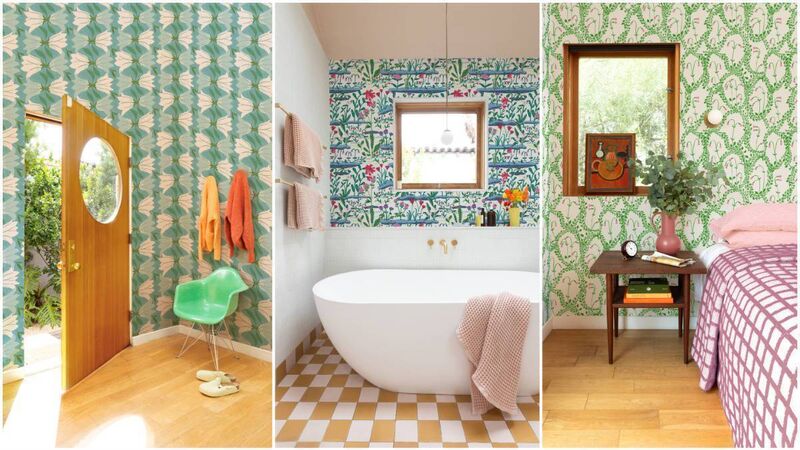
Sarah Jessica Parker's 'Mysa' wallpaper range.
The collection draws from the concept of “mysa”— a Swedish word evoking cosiness, comfort, and contentment — the designs blend craft with warmth, colour and painterly elegance. As Wallshoppe co-creative director Eric Hughes says: “Mysa is where style meets serenity.”
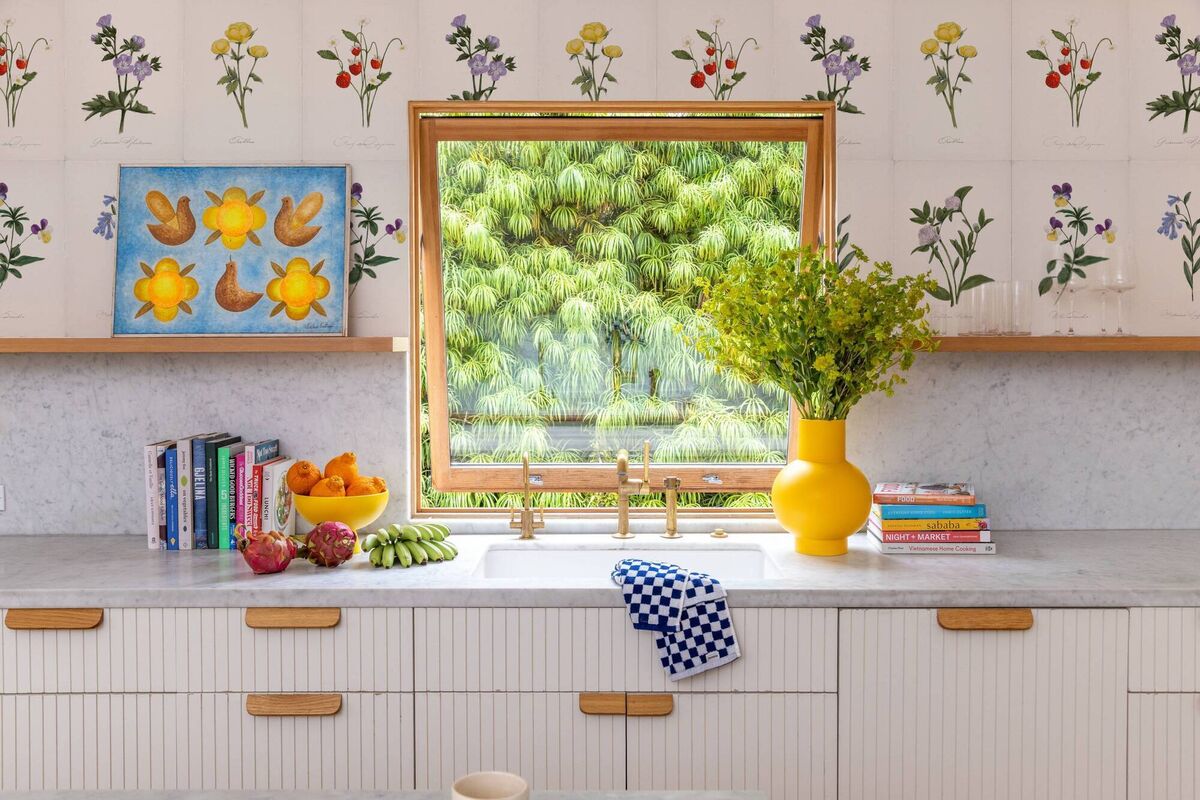
The result unleashed many an 18th-century cut-and-paste forerunner to Al Capone, thanks to a 1797 Act of Parliament that meant that a wallpaper printer was required to take out a licence.
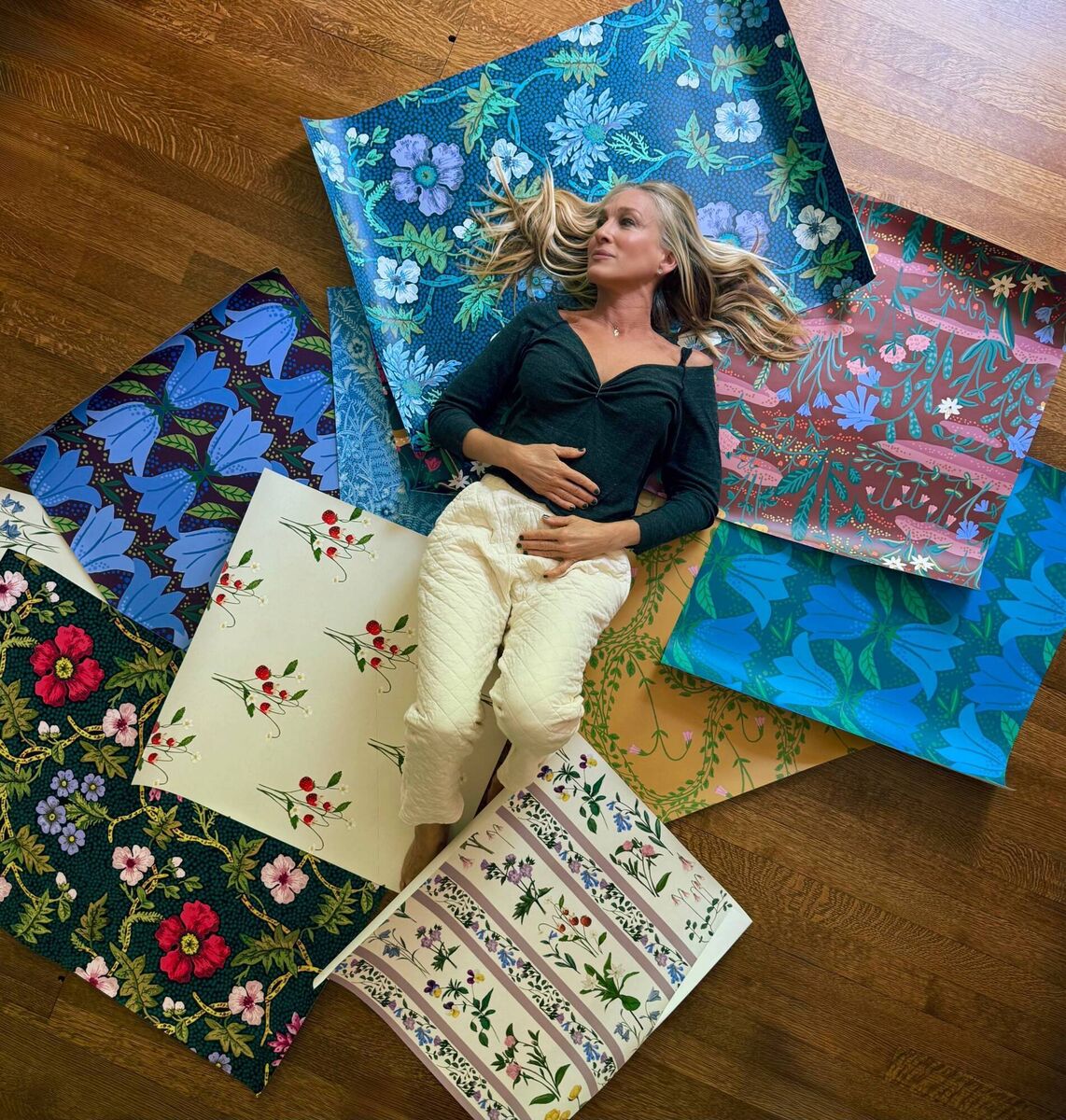
The product was subject to a duty of one and a half pence per square yard, and the regulations were stringent. Revenue officers would visit the premises of wallpaper makers daily to examine their stock.

I’m up to speed on all the above thanks to contemporary Cork artist Jaki Coffey, who created a piece entitled Tacks on Wallpaper, using thumb tacks on a roll of wallpaper “as a play on words of how the tax and tacks impact the product”, she says.
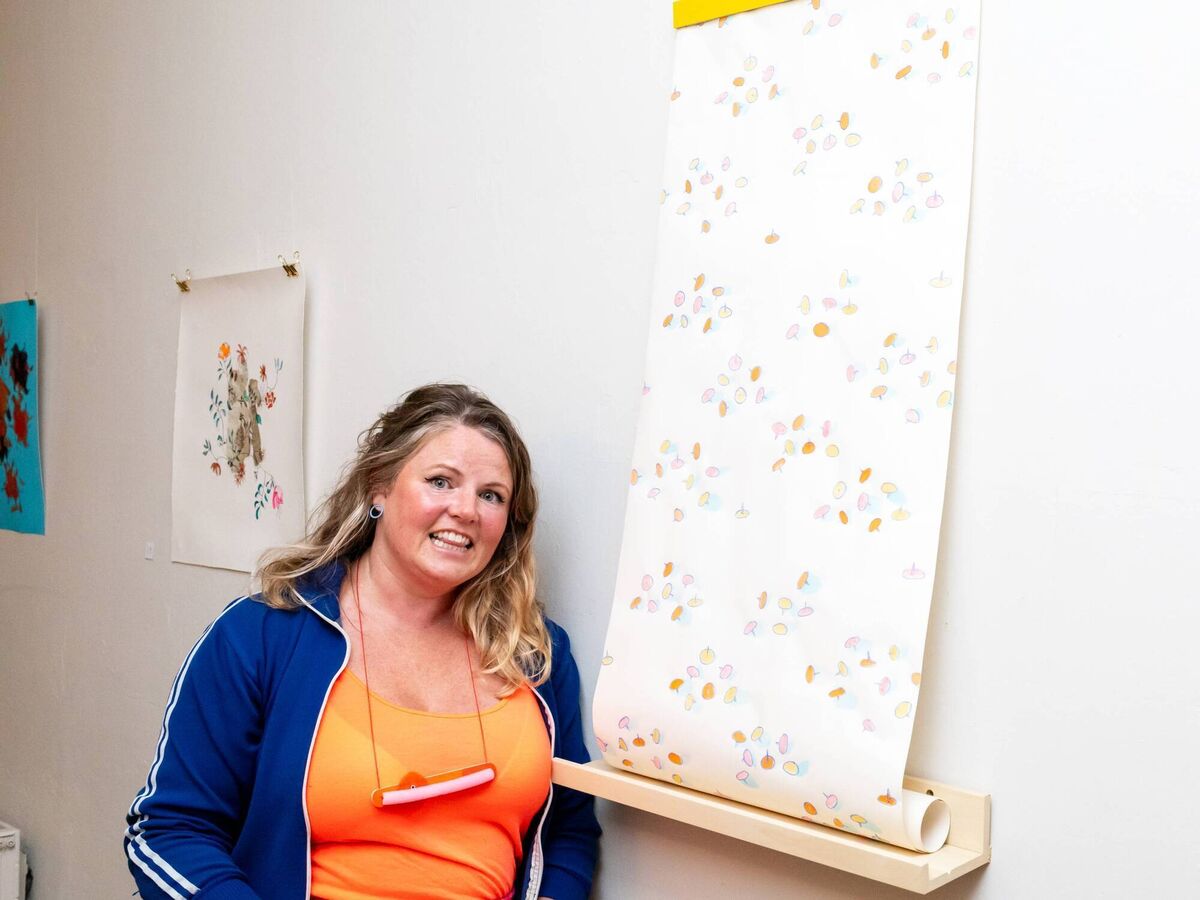
While London and Dublin were originally centres of production, from 1773, Cork householders had the opportunity to shop for locally made wallpaper when Caesar Fanning advertised the newest patterns for sale at his Stamped Paper Manufactory on the Mall.
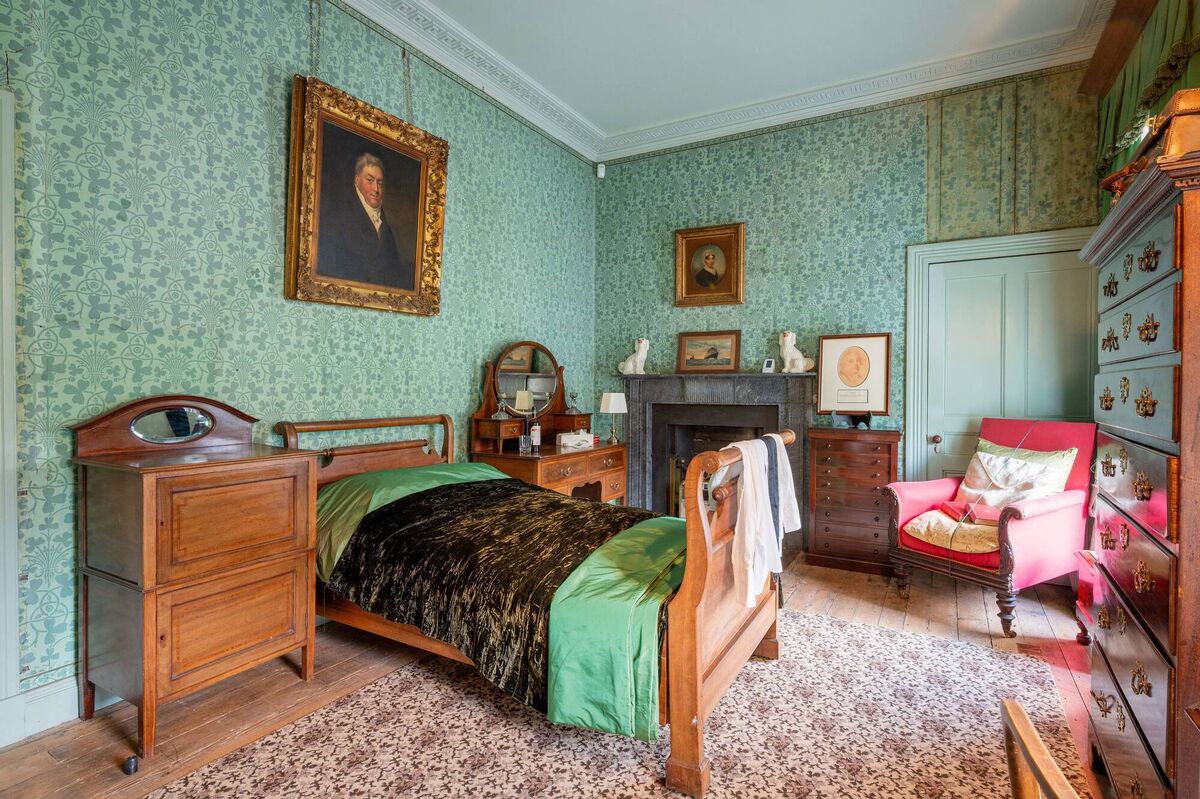
Cork residents could choose between locally made wallpapers and those imported from England, France or even Japan at the extensive premises of Bible Brothers on Pope’s Quay. The choice included “Japanese embossed, raised flock papers on gold and coloured grounds, lacquered metal and embossed leather papers, crystal damask and frosted gold papers”, according to the archives at Fota House.
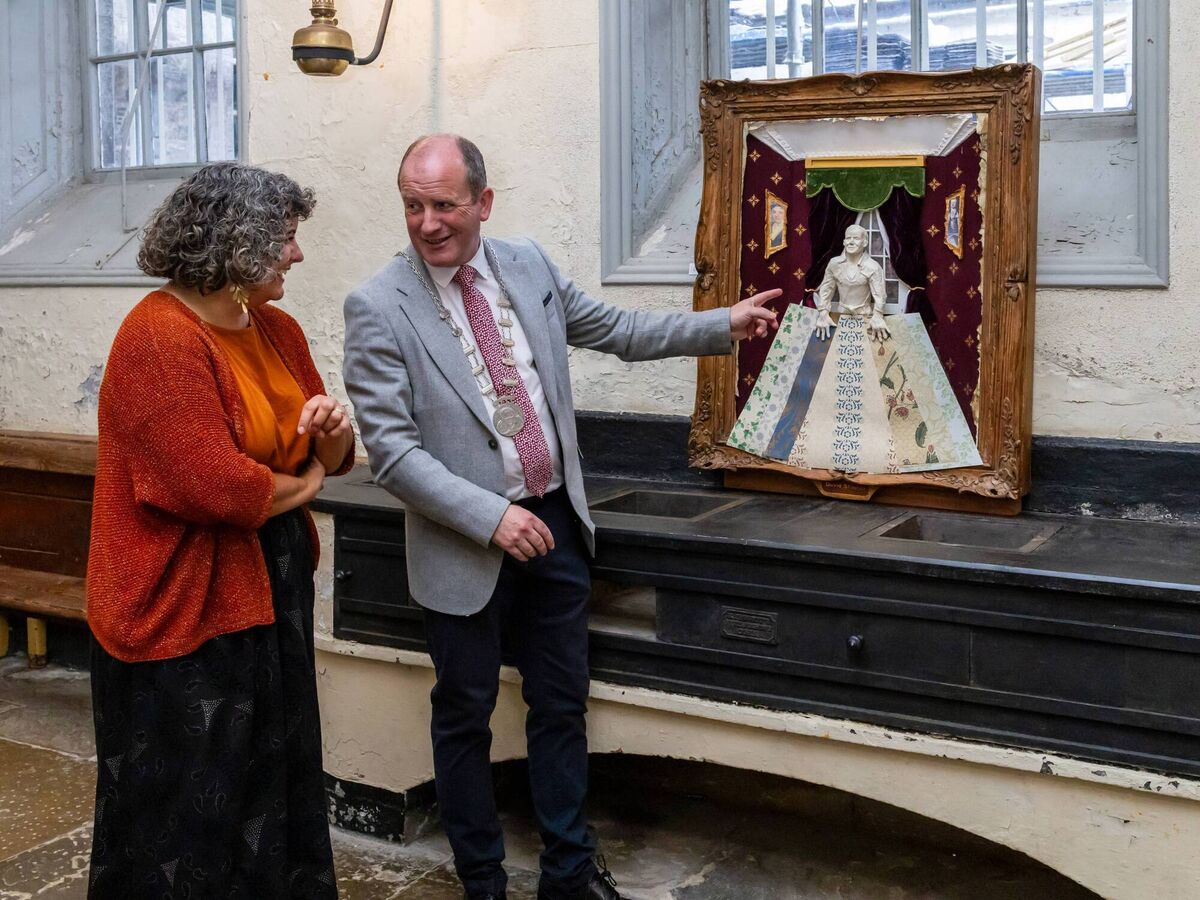
“Through ‘Beneath the Layers’, we are thrilled to open a new chapter in how this unique archive is experienced — not just as a historical resource, but as a living source of artistic inspiration.”

The archive contains over 250 examples of wallpaper from the 18th, 19th and 20th centuries and from locations including Dublin Castle and Ballinterry House, Co Cork.
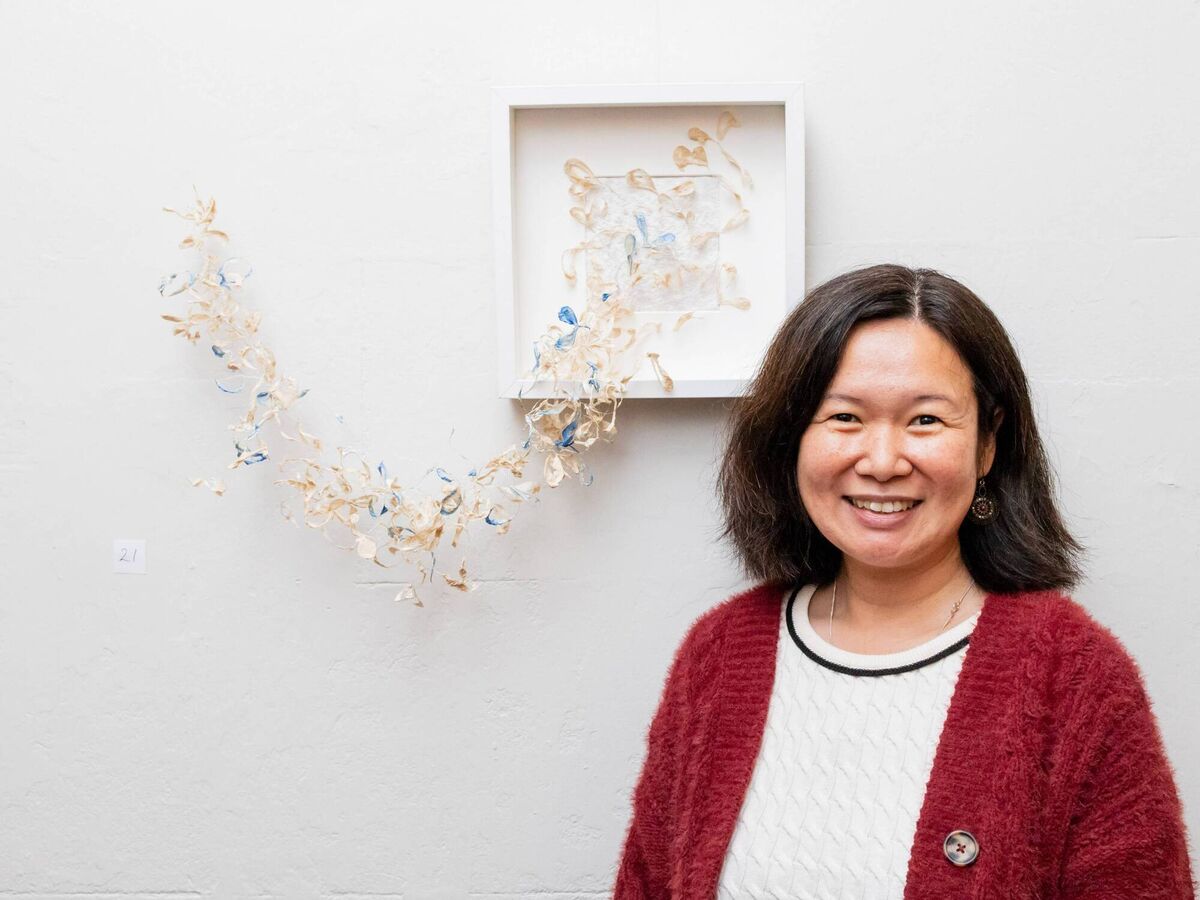
- See Fotahouse.com and Morartistscollective.com











